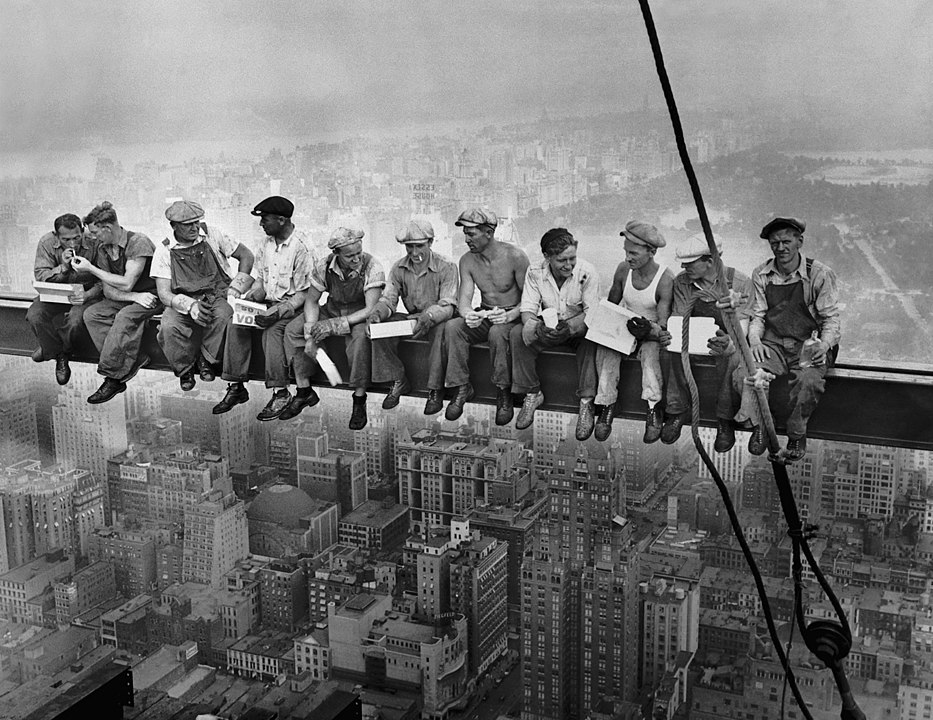Like many schoolchildren, and, for that matter, Goliath, the Biblical giant who was felled by a slingshot, I am a bit of a Philistine.
I admit that the first and, for a long time, primary thing that compelled me about Michelangelo’s David ( 1501–1504) was the frankness with which a certain part of his anatomy was displayed.
Mugs depicting him with a strategically placed fig leaf that dissolves in response to hot liquid, Dress Me Up David fridge magnets, and an endless parade of risqué merchandise suggest that historically, I am not alone.
Kudos to gallerist James Payne, creator and host of the video series Great Art Explained, for his nod to the rabble in opening the above episode not with a view of David’s handsome head or miraculously detailed hands, but rather that most famous of male members.
Having gotten it out of the way right at the top, Payne refrains from mentioning it for nearly 10 minutes, educating viewers instead on other aspects of the statue’s anatomy, including the sculptor’s unusual methods and the narrow, flawed, previously used block of marble from which this masterpiece emerged.
He also delves into the social context into which Michelangelo’s singular vision was delivered.
Florentines were proud of their highly cultured milieu, but were not nearly as comfortable with depictions of nudity as the ancient Greeks and Romans.
This explains the comparative smallness of David’s tackle box. Perhaps Goliath might have gotten away with a gargantuan penis, but David, who vanquished him using intelligence and willpower rather than brute strength, was assigned a size that would convey modesty, respectability, and self-control.
The Bible identifies David as an an Israelite, but Michelangelo decided that this particular Jew should remain uncircumcised, in keeping with Greco-Roman aesthetics. It was a look Christian Florence could get behind, though they also forged 28 copper leaves to conceal David’s controversial manhood.
(This theme returns throughout history — the 1860s saw him outfitted with a temporary fig leaf.)
One wonders how much smaller things would have appeared from the ground, were David installed atop the Duomo, as originally planned. Michelangelo designed his creation with this perspective in mind, deliberately equipping him with larger than usual hands and head.
One of Payne’s viewers points out that David’s face, which conveys both resolve and fear as he considers his upcoming confrontation with Goliath, seems utterly confident when viewed from below.
Given that David is 17’ tall, that’s the vantage point from which most of his in-person admirers experience him. 16th-century Civic leaders, captivated by David’s perfection, placed him not atop the Florentine Cathedral, but rather in Piazza della Signoria, the political heart of Florence, where a replica still faces south toward Rome. (The original was relocated to the Galleria dell’Accademia in 1873, to protect it from the elements.)
Payne points out that David has survived many societal shifts throughout his 600+ years of existence. Fig-leafed or not, he is a perpetual emblem of the underdog, the determined guy armed with only a slingshot, and is thus unlikely to be toppled by history or human passions.
Watch more episodes of James Payne’s Great Art Explained on his YouTube channel. As a bonus below, we’ve included another informatiive video from Smarthistory featuring the always illuminating Dr. Steven Zucker and Dr. Beth Harris.
Related Content:
What Makes Leonardo’s Mona Lisa a Great Painting?: An Explanation in 15 Minutes
New Video Shows What May Be Michelangelo’s Lost & Now Found Bronze Sculptures
Michelangelo’s Handwritten 16th-Century Grocery List
Ayun Halliday is an author, illustrator, theater maker and Chief Primatologist of the East Village Inky zine. Follow her @AyunHalliday.





